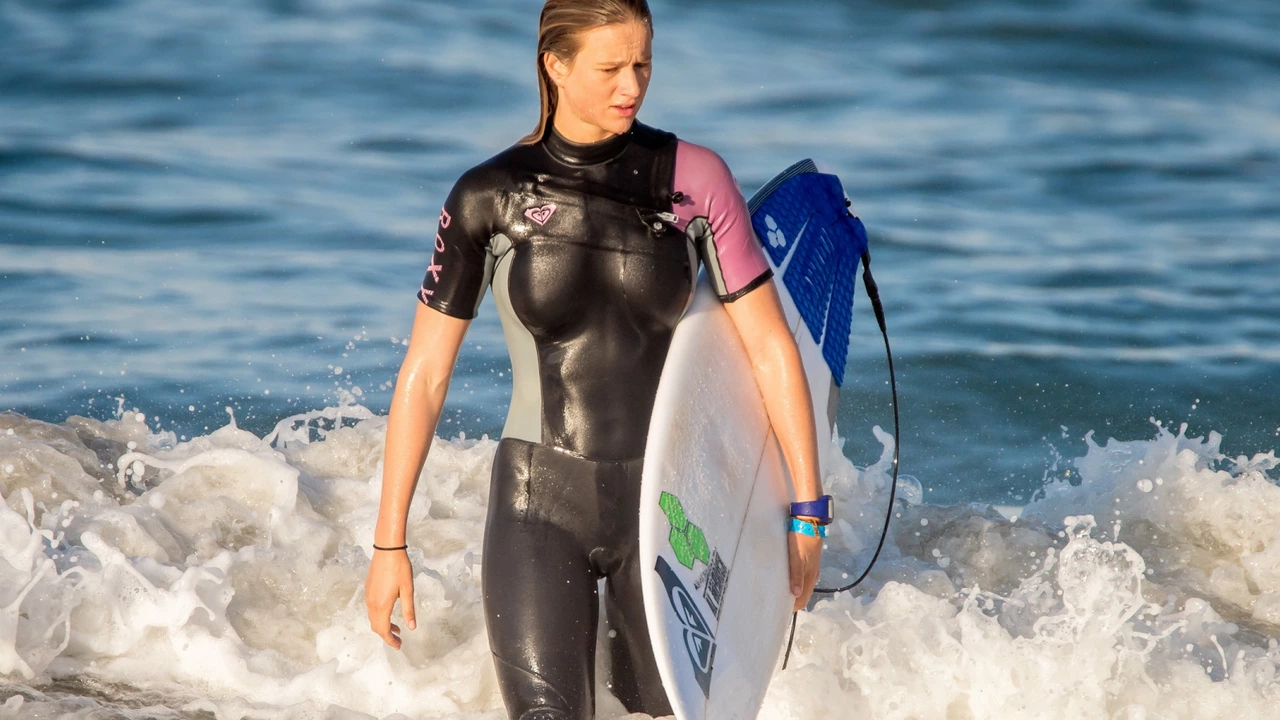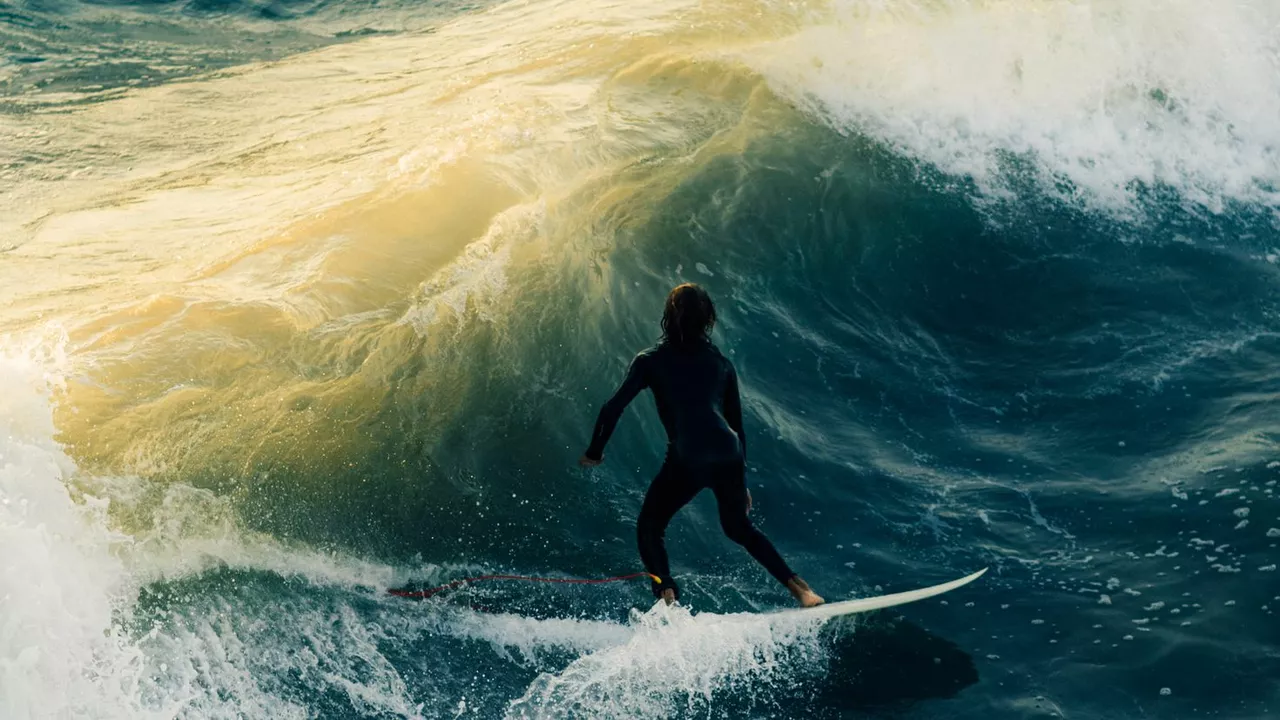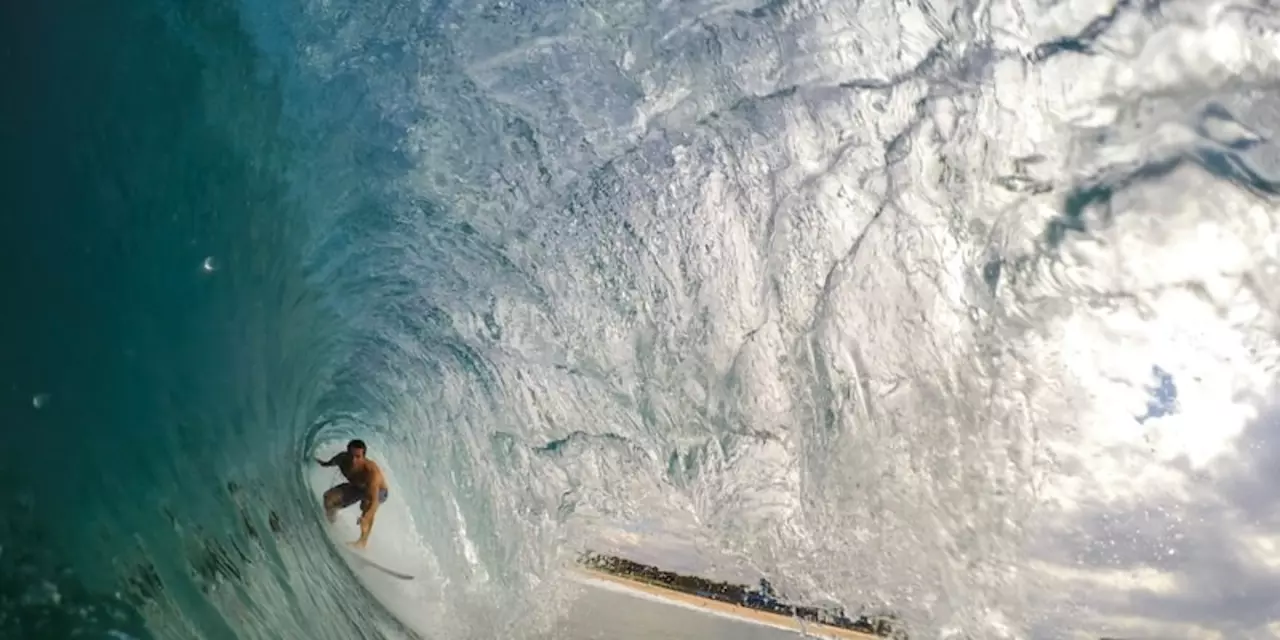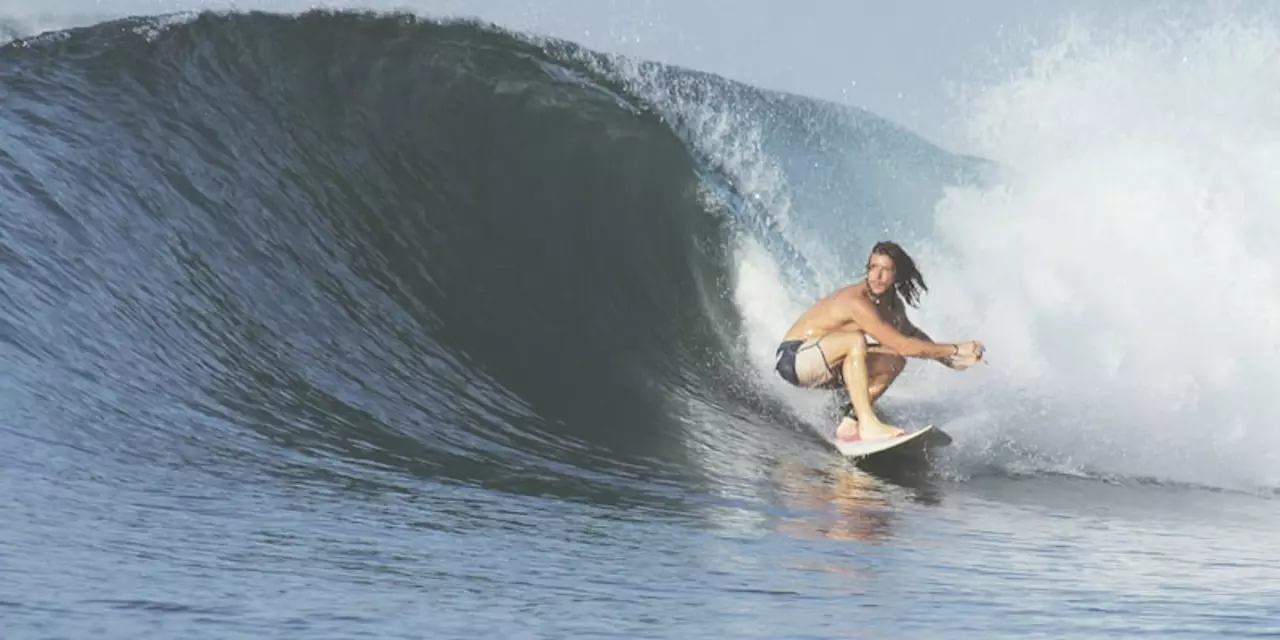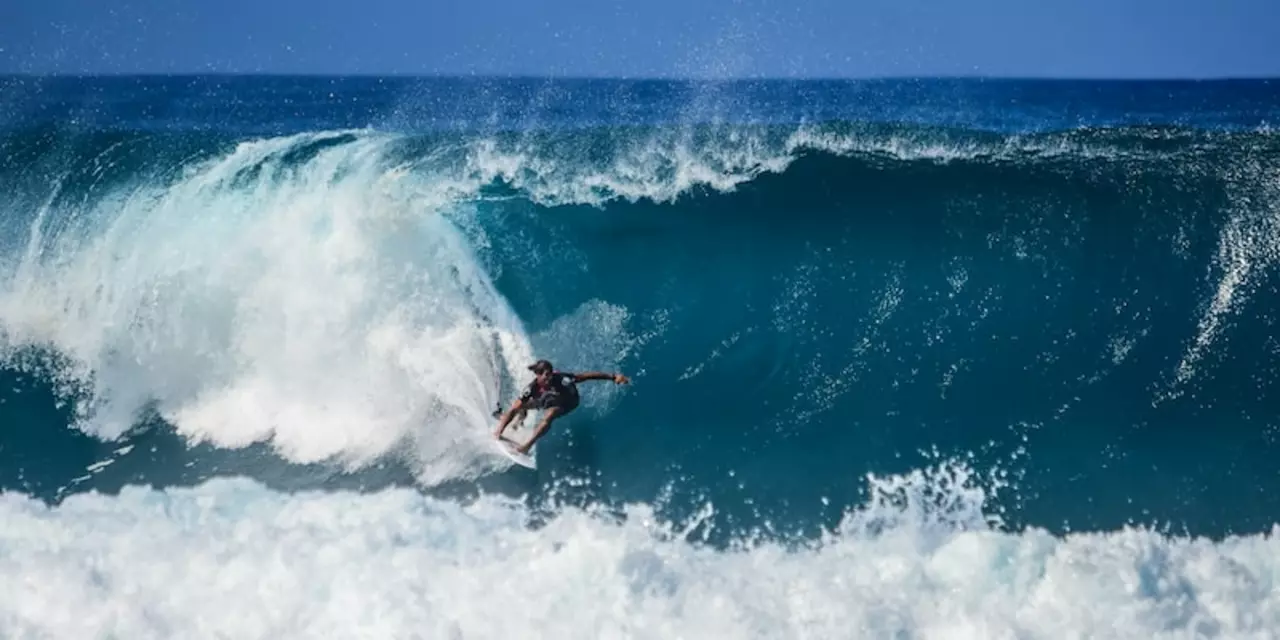Surfing: Your Quick Guide to Waves, Gear and Fun
Ever wondered how to get the most out of a surfing session without over‑thinking it? You’re in the right place. Here we break down the basics – where to surf in the UK, what gear you really need, and a few pro‑level tips that work for anyone from a first‑timer to a seasoned rider.
Top UK Surf Spots You Should Try
The UK’s coastline hides some surprisingly good breaks. Newquay, Cornwall is the classic go‑to, with easy‑access beaches and a lively surf community. If you’re near the east, Whitstable, Kent offers consistent surf when the swell lines up right – perfect for a quick weekend session. Up north, Thurso, Scotland boasts powerful waves that attract big‑wave lovers, especially during autumn storms. For a less crowded vibe, check out Bournemouth, Dorset; the beach break works well for beginners thanks to its mellow rollers.
When you plan a surf trip, check the local tide charts and wind direction. A light offshore breeze usually makes the wave face smoother, while a strong onshore wind can flatten it out fast. In short, a quick glance at a tide‑and‑wind app can save you hours of paddling.
Essential Gear and Tips for Beginners
Don’t feel you need the most expensive board to start. A soft‑top board around 7‑8 ft provides stability and buoyancy, making paddling easier and helping you pop up faster. Pair it with a good wetsuit – in the UK waters 3/2 mm is enough for summer, while 5/3 mm keeps you warm in colder months. A leash is non‑negotiable; losing your board in a strong current is a rookie mistake you’ll regret.
When you’re out on the water, focus on your positioning. Start near the pop‑up zone and watch how the wave breaks. Your first goal isn’t a fancy ride; it’s simply to stay on the board and feel the rhythm. Once you can pop up consistently, practice turning by shifting your weight between toes and heels. Small adjustments make a huge difference.
If you want to expand your water‑sport skills, inflatable stand‑up paddle boards (iSUPs) are a handy add‑on. They’re easy to transport, work well on flat days, and help you build balance before you hit bigger surf. Our community often swaps iSUP tips alongside surf advice – it’s all about staying on the water, whichever board you choose.
Finally, join the conversation. The UK Windsurf Club forum is full of local surfers sharing spot conditions, gear deals, and meet‑up plans. Jump in, ask questions, and you’ll quickly find a crew that fits your style.
Whether you’re chasing a perfect barrel in Cornwall or just learning to stand on a board in Bournemouth, the key is simple: hit the water, stay safe, and enjoy the ride. Surfing is as much about the community as the wave – and you’re already part of it.
Can I surf in a scuba wetsuit?
Hey there, water enthusiasts! So, you're wondering if you can catch some gnarly waves in a scuba wetsuit, huh? Well, the short answer is yes, you can! But, you might end up feeling like a stuffed sausage, as scuba suits are designed for deeper, colder dives and thus, are thicker! It's like trying to surf in a winter parka - you'll be warm, but will probably wipe out more than you ride! So, while it's possible, you might want to stick to a surf wetsuit for the best experience. Stay stoked, dudes!
Surfing: How can I find a wetsuit to fit?
Finding the perfect wetsuit for surfing can be a bit of a challenge, but it's crucial for both comfort and safety. Firstly, know your measurements; a good fit should feel snug but not restrictive. Research different brands, as sizing can vary, and consider the thickness of the suit based on water temperature. Trying on different styles can be beneficial as well, as each cut offers a unique fit and flexibility. Lastly, don't shy away from seeking advice from seasoned surfers or shop owners, their insights can definitely come in handy.
What do you do when you're surfing and there are no waves?
When there are no waves while I'm surfing, I use this time to better my board handling skills and balance. This often involves trying different positions on the board or practicing paddling techniques. It's also a perfect opportunity to appreciate the calmness of the sea, soak up some sun, or even engage with the surfing community. Plus, it's a great time to maintain and check my equipment. Remember, surfing isn't just about riding waves - it's about embracing the whole experience.
If I can skateboard, then can I surf?
Surfing and skateboarding may seem like two completely different activities, but they both share an important connection - the thrill of riding on the waves. Skateboarding is a great way to learn the basics of surfing, such as balance, coordination and maneuvering. So, if you can skateboard, you can definitely learn to surf! With the right attitude and a little bit of practice, you can become a skilled surfer in no time. Plus, you will be able to enjoy the excitement of riding on the waves and experience the beauty of the ocean. So, don't wait any longer - if you can skateboard, you can definitely learn to surf!
How much different is surfing from paddleboarding?
Surfing and paddleboarding are two popular water sports with commonalities, but also important differences. Surfing is an older sport, traditionally done on a longboard, using the power of the wave to propel the board and perform tricks. Paddleboarding is far newer, done on a wider board, with the rider using a paddle to move the board and propel themselves. Both require balance and skill, but they are different in their approach and style. Surfing is a more aggressive sport, with a focus on tricks and riding the wave, while paddleboarding is a more relaxed and leisurely activity. Both can be enjoyed in a variety of settings and can offer a great way to enjoy the water.
Are robots allowed to surf the net?
This article discusses whether robots should be allowed to surf the internet. It examines the potential benefits and drawbacks of allowing robots to access the internet. The main benefit is the potential for robots to automate tasks that would normally be done by humans. However, there are potential risks such as robots being used for malicious purposes or causing disruption to existing services. The article concludes that further research is needed to determine if robots should be allowed to surf the web. Ultimately, the decision should come down to the individual user and their level of comfort with the technology.
What are the benefits of surfing?
Surfing is a popular sport that has many benefits for both physical health and mental well-being. It is a full-body workout that builds strength and endurance, increases flexibility and coordination, and improves balance. It can also help to reduce stress and depression, and improve concentration and focus. Surfing also has other benefits, such as providing an opportunity to connect with nature, meet new people and explore new places. It can be a fun and rewarding way to stay healthy and enjoy life.
